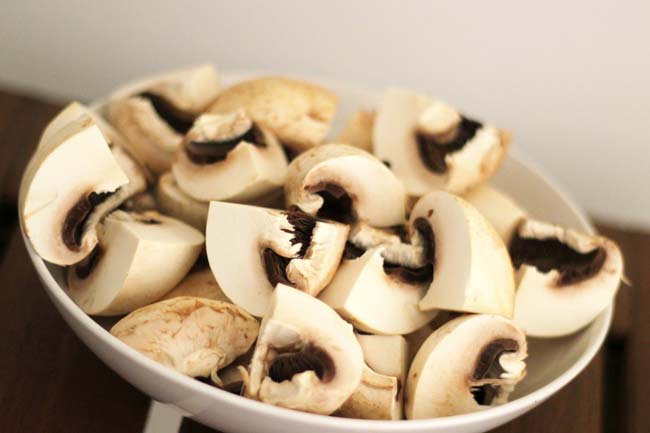I would like to qualify all of the health-based claims that I make in this article by saying that I am in no way a health or fungus expert. I have taken one science class throughout my two-and-a-half years as an undergraduate. My understanding of nutrition is less than basic.
For the most devoted TWAMPS, the recent sunny skies can be satisfactorily appreciated from the confines of Earl Gregg Swem Library. Or can they? Sun and exercise are the primary source of vitamin D for most people. Consuming insufficient vitamin D can decrease serotonin levels, and as a result, overall brain function. Luckily, for the most lucid Swemmers, there is a plant that can mitigate the effects of insufficient sun exposure: mushrooms.
The amount of vitamin D that a person’s body requires varies from person to person, however, the National Health Institute has found that “average intake levels for males from foods alone ranged from 204 to 288 International Unit (pharmacological unit of measurement)/day depending on life stage group; for females the range was 144 to 276 IU/day.” Meanwhile, certain mushrooms (including Dole’s portobellos) contain 400 IUs of vitamin D per 3-ounce serving, according to health.com. A fairly standard serving size of mushrooms cultivated under the right circumstance can far exceed both males’ and females’ average intake. It is worth noting that there is such a thing as too much vitamin D. Although to exceed a healthy dose, one would probably have to consume more than 4,000 IU/day.
Allow me to venture a guess: Whether or not you are aware of the many benefits of mushrooms, very few of your meals at the College of William and Mary include mushrooms. Why would they? Even the most die-hard fungus-fan would have a hard time swallowing the raw, cardboard-textured mushrooms available at the salad bars of the Sadler Center and the Commons Dining Hall. Moreover, it is uncertain whether these mushrooms have been grown in ultraviolet light, which is how vitamin D production occurs. From time to time, one can stumble across large cooked mushrooms at the Commons — but rarely.
Virtually every weekday, the Sadler Center’s grill features grilled chicken, hamburgers and sausage. Why not mushrooms? They are easy to cook — requiring the same amount of preparation as is needed to grill chicken or sausage — and hard to mess up. I have successfully grilled palatable portobello mushrooms before, and I am certainly no Mario Batali.
In addition to being high in vitamin D, mushrooms contain more protein than most alternative vegetables. Therefore, serving cooked mushrooms would be a way for the College to better cater to the nutritional needs of its vegetarian eaters.
While the College’s dining services do offer vegetarian options, the selection is sparse and repetitive. Mushrooms could help solve this problem. There are many different types of mushrooms, all varying in taste, cost and what they are best served with. From portobello sandwiches to porcini pasta, there is a dish for every mushroom and a mushroom for every dish.
I am not a vegetarian and I exercise outdoors quite a bit — meaning I probably consume a high amount of vitamin D without having to eat mushrooms. However, I will admit that my reasoning for urging the College to grill up some ’shrooms is somewhat selfish: I think they taste good when cooked. Cooking quality mushrooms would be a good way for the College to diversify its dining options, cater to its vegetarian eaters, and make students healthier.
Email Max Cea at mrcea@email.wm.edu.





































Agreed, altho i’m fine with raw mushrooms in salads; better cooked in breakfast meals